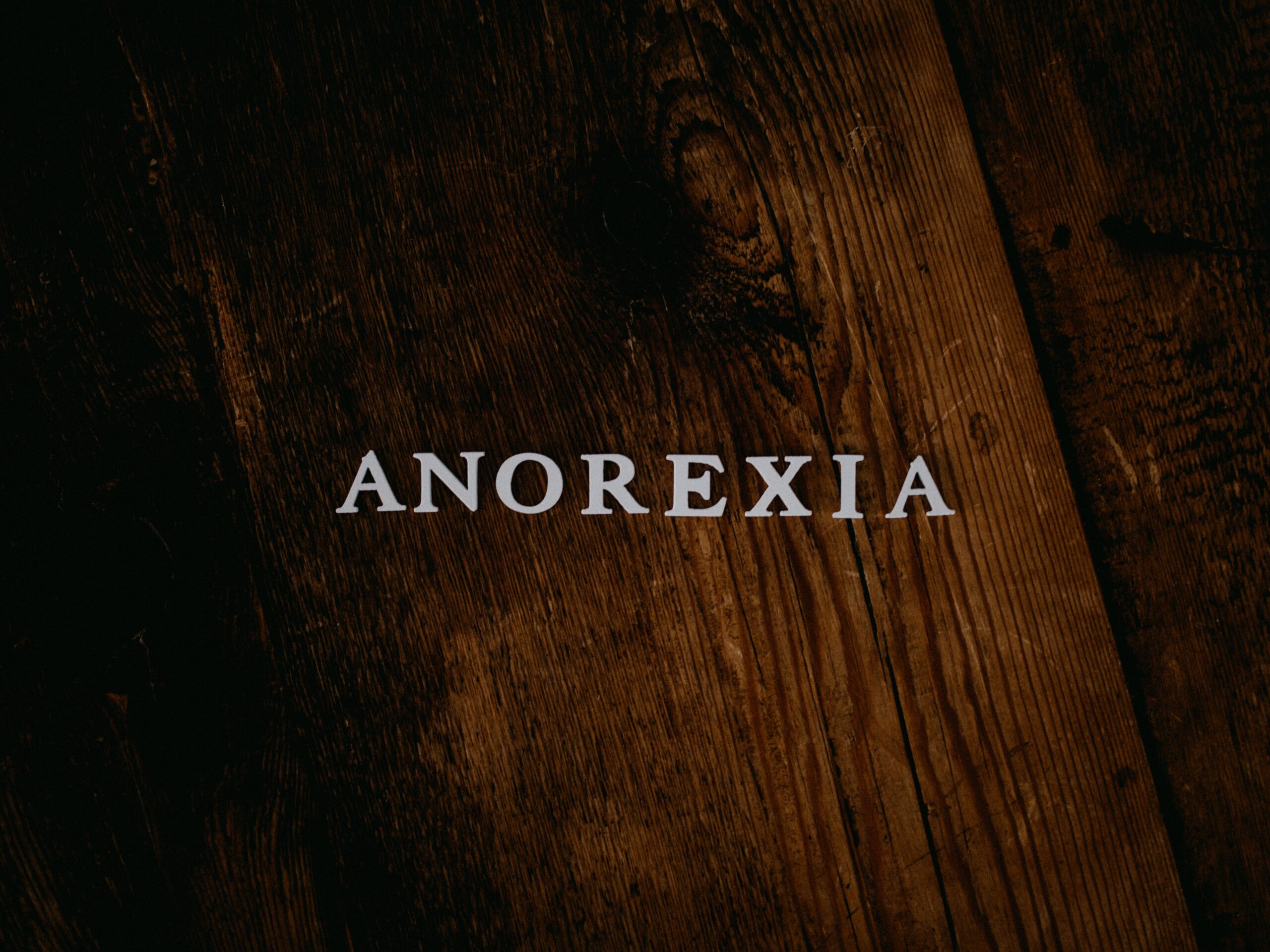By Dr. Michelle Garnett and Professor Tony Attwood
We previously reported on the increased incidence of eating disorders, and particularly anorexia nervosa, Avoidant-Restrictive Food Intake Disorder (ARFID) and Pica, with autism in our recent blog, The Association of Autism and Eating Disorders. In the past it was thought that treatment outcomes for autistic individuals with anorexia nervosa were worse than for non-autistic individuals (for e.g. Nielsen et al., 2015, 2022). When treating anorexia nervosa or restrictive-eating disorders (R-Eds) in young people, family-based treatment (FBT) is the first treatment of choice (Wilson & Chafran, 2005). Lock & Grange (2015) report that six randomised controlled trials with a total of 323 nonautistic adolescents found FBT to be equal to or superior to comparison treatments in weight restoration and decreasing the need for hospitalisation. Until recently there were no studies to explore whether FBT was similarly effective with autistic adolescents with anorexia nervosa.
In 2022 a research group in Copenhagen (Bentz, Holm Pedersen & Moslet, 2022) compared the effects of FBT for a group of autistic (N=16) with a group of nonautistic (N=141) teenagers with anorexia nervosa and other R-Eds. They found that, contrary to previous studies, the two groups had comparable outcomes, including restoration to normal weight, ending treatment successfully within 12 months, and managing treatment goals at the same speed. The study provides emerging evidence that FBT can be just as successful for autistic adolescents who suffer anorexia as for non-autistic adolescents with anorexia.
However, in this study the proportion of adolescents needing more intensive treatment (i.e. a day programme or inpatient treatment) was higher in the autistic group at 50%. The authors speculate that including adaptations for autism to treatment for anorexia, such as those offered by Loomes & Bryant-Waugh (2021) and included below, or those offered by the Pathway for Eating Disorders and Autism (PEACE) developed by Tchanturia and colleagues (2020), may increase the success of FBT in an outpatient setting.
In 2021 Loomes and Bryant-Waugh recommended accommodating FBT to autistic adolescents including:
- Increase predictability of assessment and therapy sessions;
- Accommodate sensory preferences, for e.g., allow food choices to be guided by the sensory profile;
- Accommodate the need for routine and sameness when renourishing the adolescent.
Regardless of the treatment approach, whether inpatient, outpatient or day programme, the family administering the programme and supporting their child are a key resource in bringing about recovery from anorexia nervosa. Most parents and carers undergoing FBT describe the process as being the most difficult experience that they have ever had to go through. The combination of medical risk, including mortality, normal adolescent resistance, anorexic resistance, and the super-human requirement of patience and persistence will test any parent. Adding in autistic rigidity, sensory issues and difficulties with social relatedness can make parents feel absolutely stretched to their limit.
Two Helpful Treatment Tools for Parents of Autistic Adolescents who are Suffering an Eating Disorder
A mother, Belinda, supported by one of us (MG) has kindly given permission for us to publish a letter she wrote to herself, based on the resource Survive FBT by Maria Ganci (2016), during her adjustment to administering FBT to her autistic daughter to treat her anorexia nervosa. Michelle encouraged and assisted Belinda to write this letter. Letters to self can be a very powerful therapeutic tool to frequently remind ourselves why we are doing this very difficult thing we need to do and how to do it. Such letters can help in establishing the required mind-set and giving oneself compassion, since both are needed to survive the experience and to maximise success for the parent, child, and their family.
We publish this letter with encouragement to the parents and carers of an autistic child suffering an eating disorder to adapt it to your own experience. This letter is very specific to treatment for anorexia nervosa for an autistic adolescent who had sensory preferences for food but not aversions. Adapt the letter by using the words suited to the treatment of your child. Include self-encouragement, mantras and data that will help. The letter can be adapted to assist you to understand and manage any eating disorder, autism, PDA, or any other difference or challenge your child may be experiencing. Ask your therapist or support person to help you to write the letter. We encourage therapists to offer the letter to their own clients who may find it helpful. Once written, we encourage parents to initially read the letter each day, and later each week, to continue to support themselves in their very important journey.
Lastly, we share a letter from Kinsey Oulette who recovered from anorexia nervosa and wrote to her parents to thank them for their crucial role in her recovery. We find that many parents supporting their child through an eating disorder find this letter helpful to keep up their belief and hope that they and their child will win against the eating disorder.
Letter from a Daughter Recovered from Anorexia
A Training on Eating Disorders and Autism
As clinical psychologists, we have been working with autistic individuals with eating disorders for a combined 80 years and have discovered some important ways to help. In our online course, Eating Disorders and Autism, we share these with you, along with important recent research in the area. The course was created for parents and carers, autistic adults with eating disorders, as well as health and educational professionals who see people (whether they are neurodiverse or eating disordered or not because they may be either or both).
References
Bentz, M., Pedersen, S. H., & Moslet, U. (2022). Case series of family‐based treatment for restrictive‐type eating disorders and comorbid autism: What can we learn? A brief report. European Eating Disorders Review, 30(5), 641-647.
Ganci, M. (2016). Survive FBT: Skills Manual for Parents Undertaking Family Based Treatment (FBT) for Child and Adolescent Anorexia Nervosa. LMD Publishing, Melbourne, Australia.
Loomes, R., & Bryant‐Waugh, R. (2021). Widening the reach of family‐based interventions for anorexia nervosa: Autism‐ adaptations for children and adolescents. Journal of Eating Disorders, 9(1), 1–11. https://doi.org/10.1186/s40337‐021‐005 11‐8
Tchanturia, K., Smith, K., Glennon, D., & Burhouse, A. (2020). Towards an improved understanding of the anorexia nervosa and autism spectrum comorbidity: PEACE pathway implementation. Frontiers in Psychiatry, 11. https://doi.org/10.3389/ fpsyt.2020.00640
Nielsen, S., Anckarsäter, H., Gillberg, I. C., Gillberg, C., Råstam, M., & Wentz, E. (2015). Effects of autism spectrum disorders on outcome in teenage‐onset anorexia nervosa evaluated by the Morgan‐Russell outcome assessment schedule: A controlled community‐based study. Molecular Autism, 6(1), 14. https://doi.org/10.1186/s13229‐015‐0013‐4
Nielsen, S., Dobrescu, S. R., Dinkler, L., Gillberg, C., Gillberg, C., Råstam, M., & Wentz, E. (2022). Effects of autism on 30‐year outcome of anorexia nervosa. Journal of Eating Disorders, 10(1), 4. https://doi.org/10.1186/s40337‐021‐00518‐1
Wilson, G. T., & Shafran, R. (2005). Eating disorders guidelines from NICE. The Lancet, 365(9453), 79–81. https://doi.org/10. 1016/S0140‐6736(04)17669‐1




